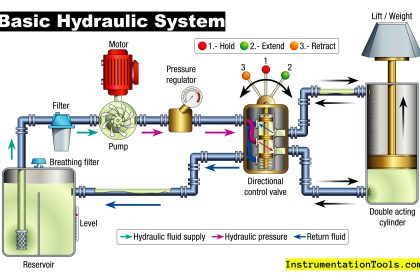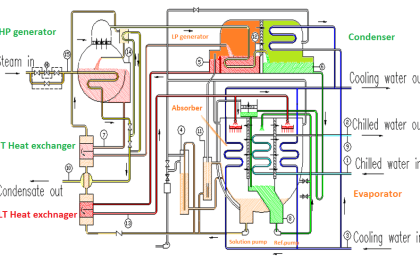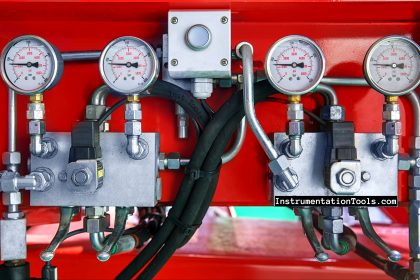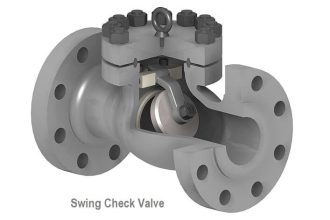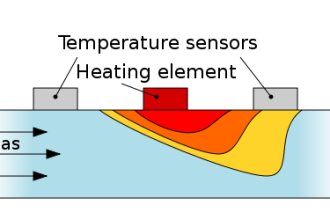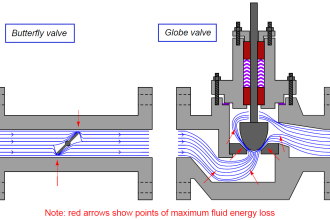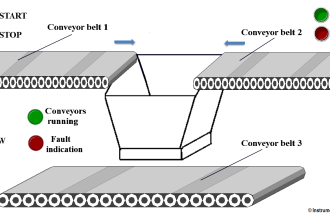A paint thickness gauge is valuable for auto body professionals and hobbyists alike. It will help you improve the quality of your paint jobs by giving you the ability to measure the amount of paint removed from the finish coat.
Thickness gauges are available in a variety of styles and sizes. They are usually simple devices that consist of a handle and an electronic readout. The measurements are typically displayed in either metric or imperial units.
The most common measurement is millimeters, which refers to thousandths of an inch. To use your thickness gauge, it must be calibrated with a micrometer or caliper that gives measurements in millimeters (mm).
Once you have calibrated your gauge with the micrometer or caliper, it can be used to measure paint thickness by placing it on top of the existing finish coat and reading off the number at which it touches the surface.
This article highlights how to use the top paint thickness gauges available in your home or workshop.
What is Paint Thickness Gauge?
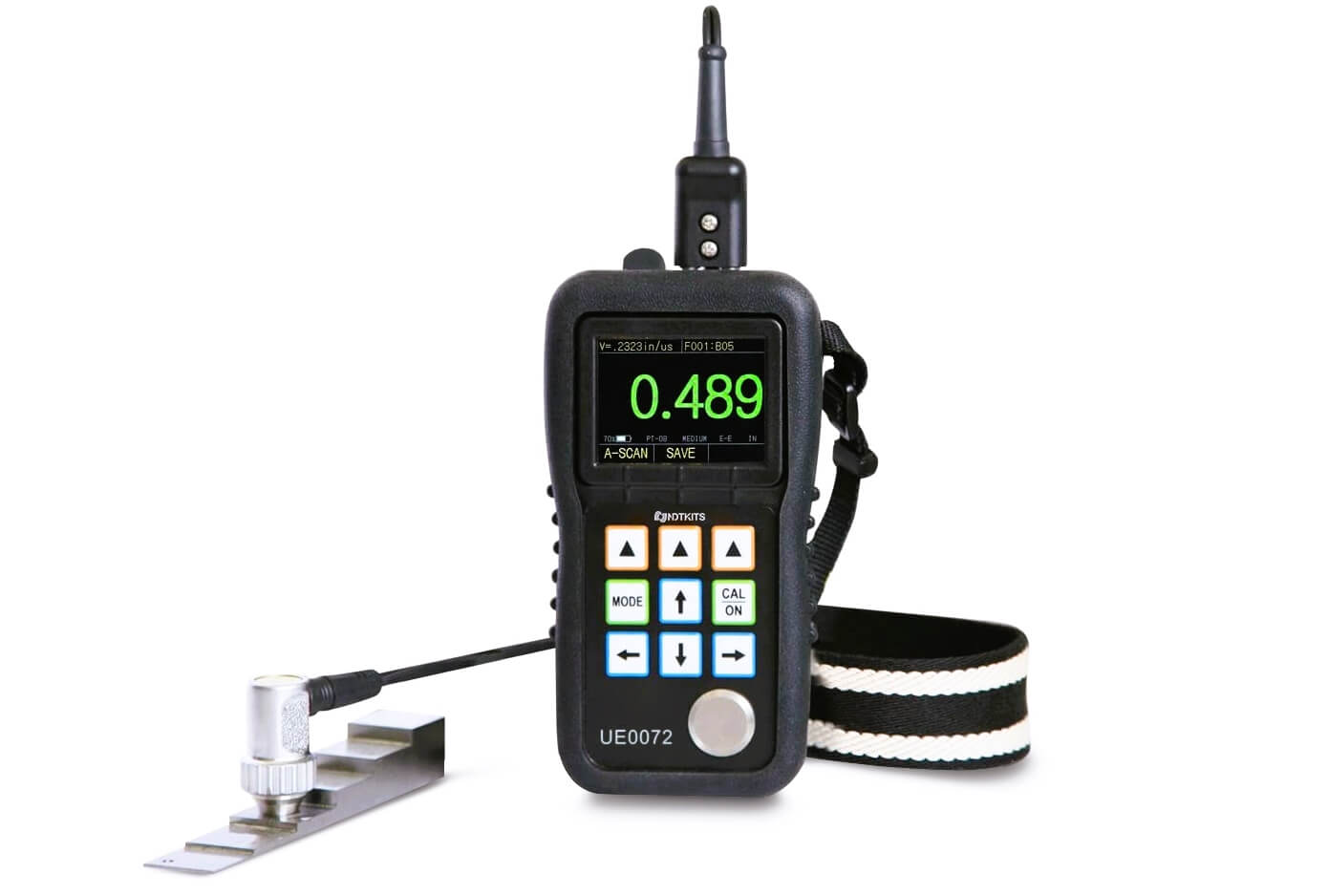
A paint thickness gauge is an electronic device used to measure the thickness of a layer of paint. It is used for testing and quality control purposes in the automotive industry.
Commercial paint thickness gauges are typically about the size of a quarter, but home-use versions are available in various sizes. The gauge should be calibrated after each use to ensure accurate and consistent readings.
The body shop technician will use a paint gauge to check the amount of clear coat or primer that has been removed during refinishing work. The gauge can be used to calibrate other equipment, such as buffers, sanders, and polishers.
The paint gauge is a small cylinder with two holes; one hole for painting and one for measuring. The device has two ends, one end with the paint hole and another end with the measurement hole. The two ends are connected by a wire or string (which could be coiled or unwound).
The string can be looped around a thumb ring to make it easier to measure and hold while measuring. It can also be used as an extension rod or handle, making it easier to move around while working on cars.
How to Use a Paint Thickness Gauge?
For paint thickness gauges, you will need to measure the thickness of your car’s paint job. The following steps will help you accomplish this task.
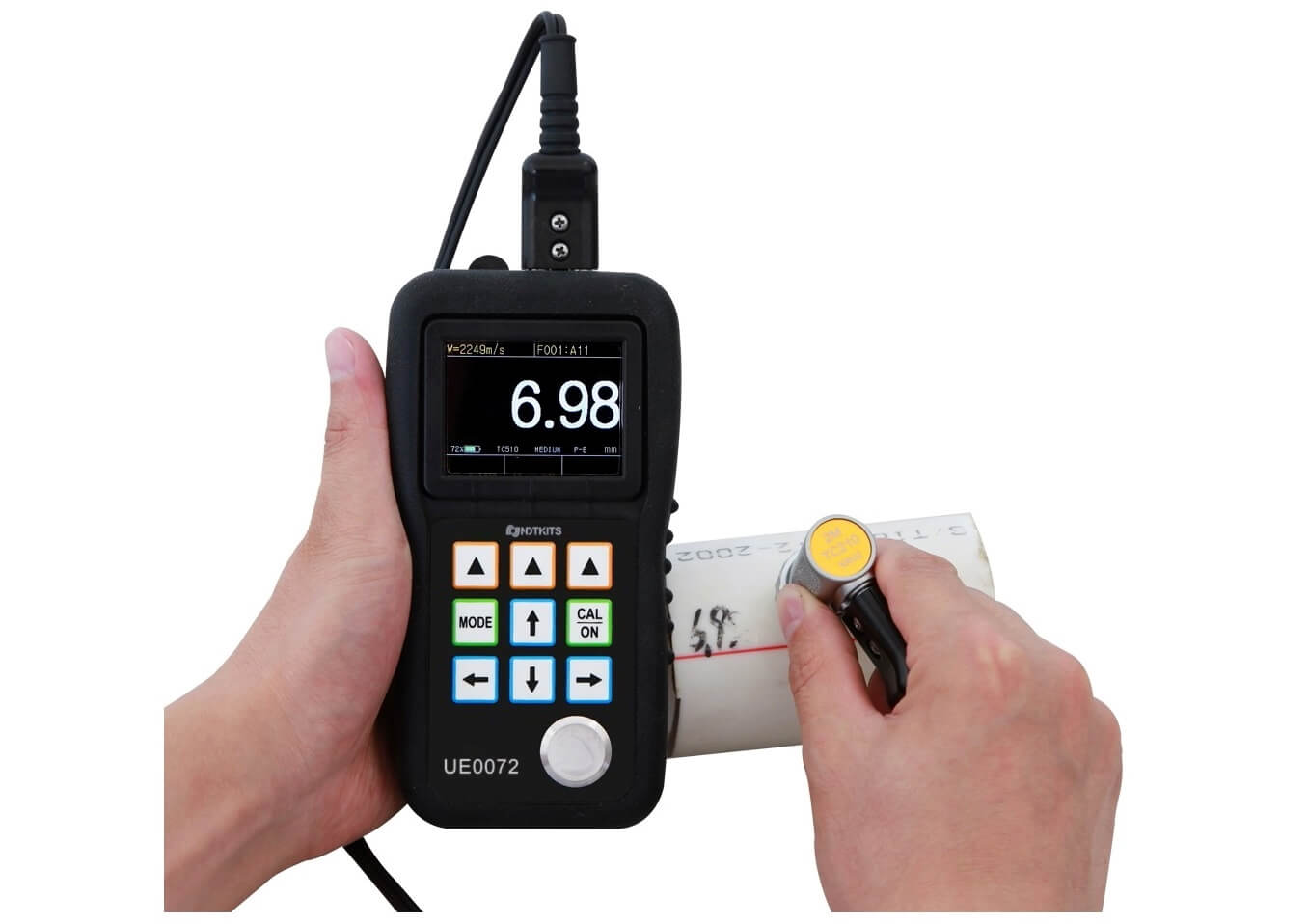
Clean the area where you want to place the paint thickness gauge with a paint thinner and a clean cloth. Place the indicator on the surface you want to measure for an accurate reading. Place a small amount of pressure on the gauge and read your results.
The gauge should measure the depth of each layer of paint accurately. Most gauges are made from plastic and are available in various designs and sizes. The most common gauges are 0-5 microns, 5-15 microns, 15-30 microns, and 30-50 microns.
The thicknesses correspond to the millimeters (thousands) of clear coats that can be removed at a time with a buffer or orbital sander.
Conclusion
Though the process of measuring and removing paint is tedious and time-consuming, it is essential to create a professional automotive paint job.
Paint thickness gauges help you determine the amount of paint you need to remove before your body panels are ready for primer. You can use this method to determine how much paint you will have to take off to finish your job on time.
NDT-KITS was founded in China in 1988. Our company is a high-tech enterprise specializing in researching, developing, and manufacturing ultrasonic equipment. We are one of the leading manufacturers of nondestructive testing instruments in China, and we have achieved great success in international markets.

